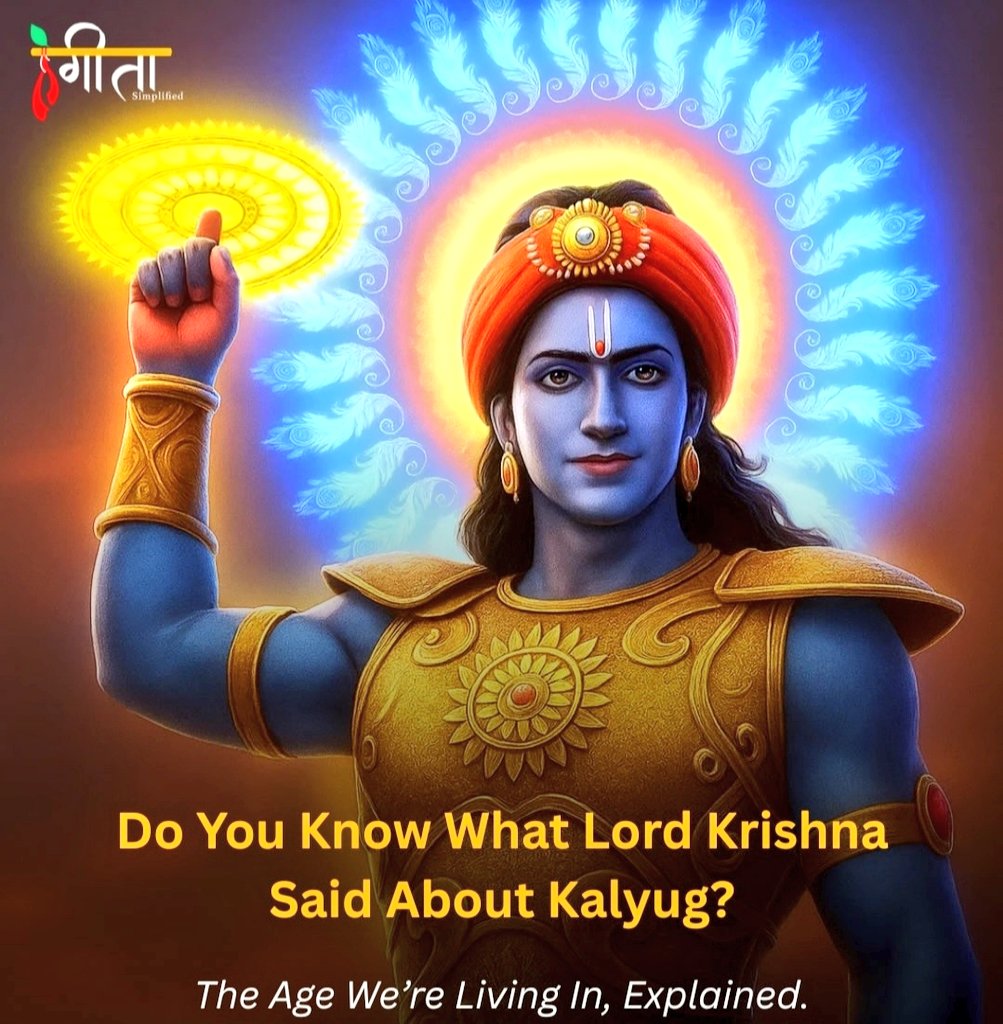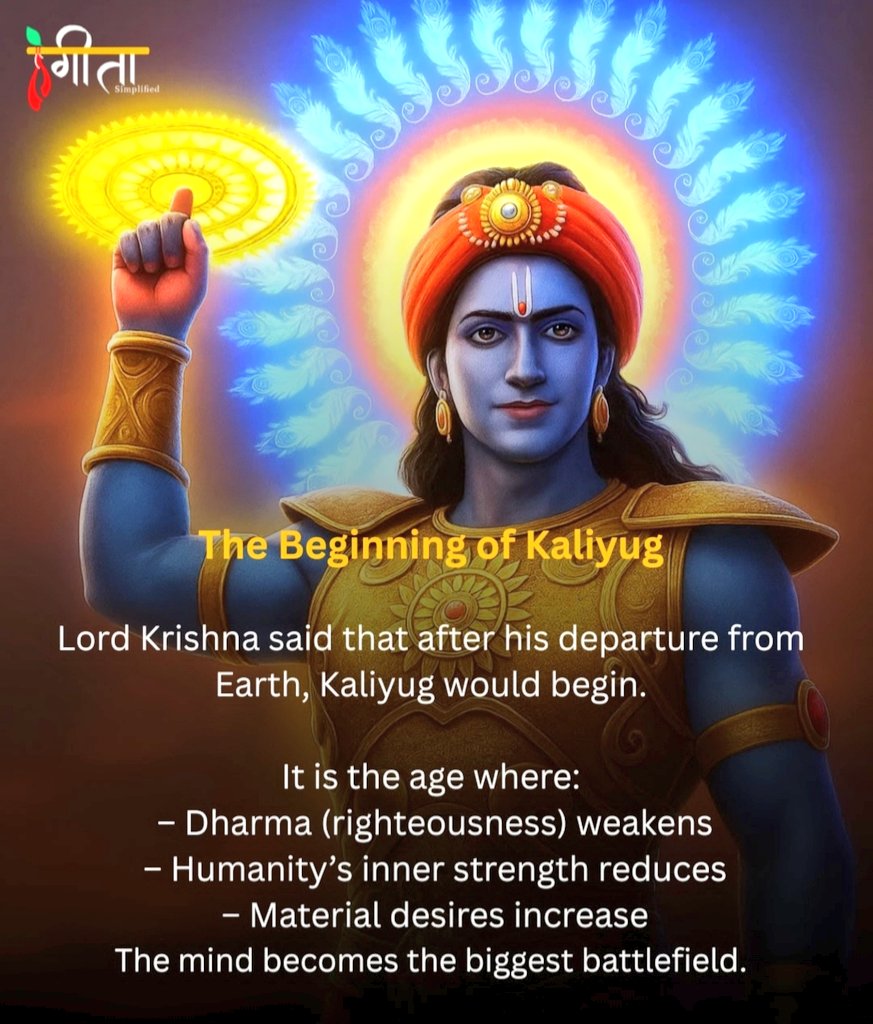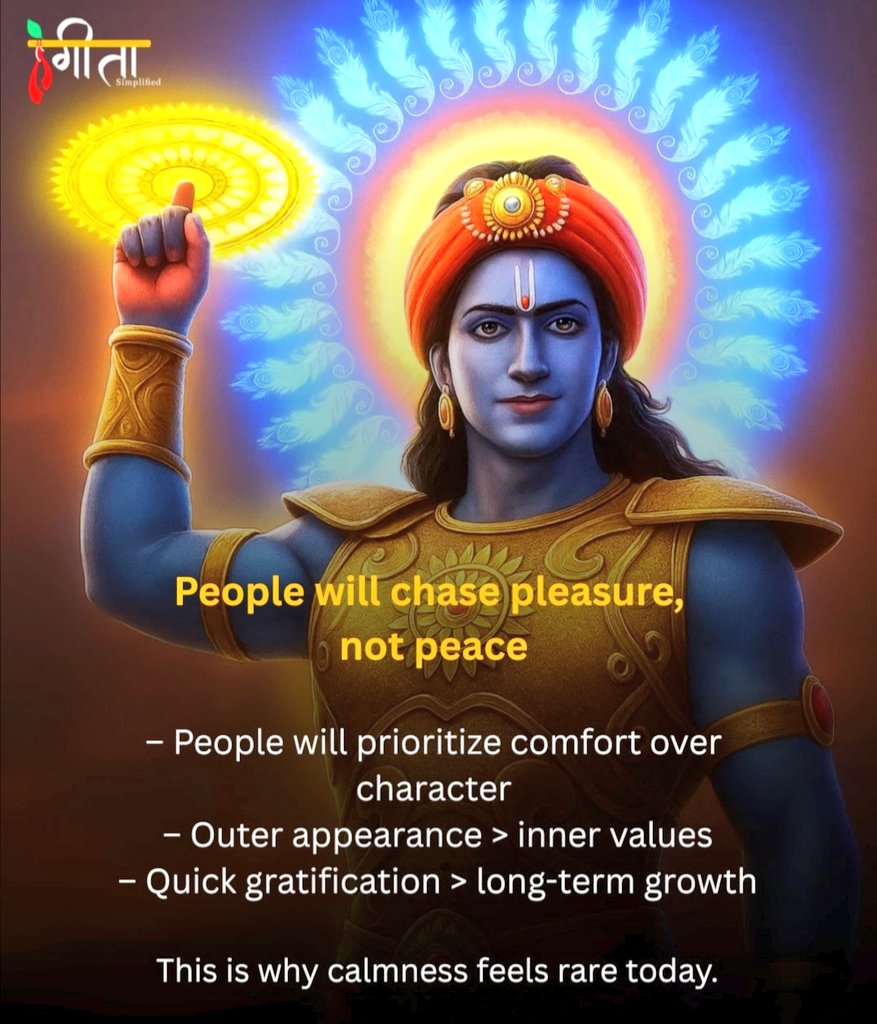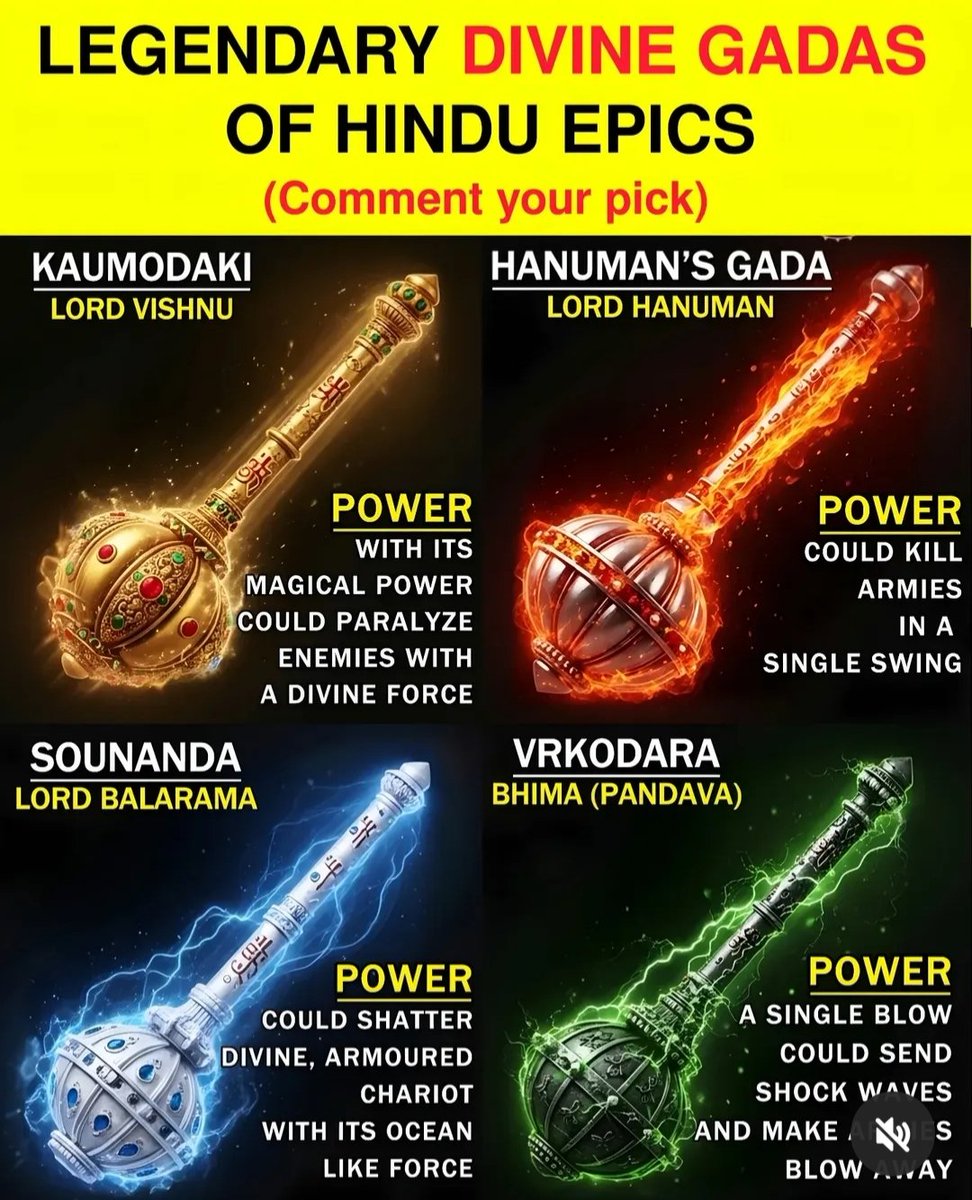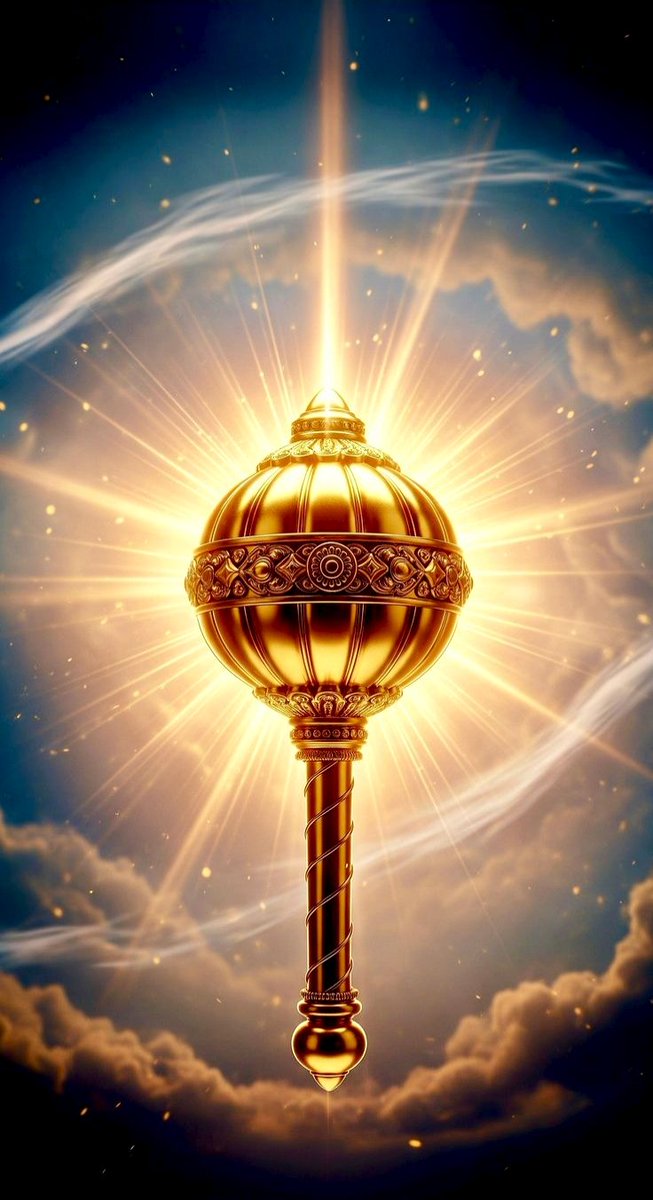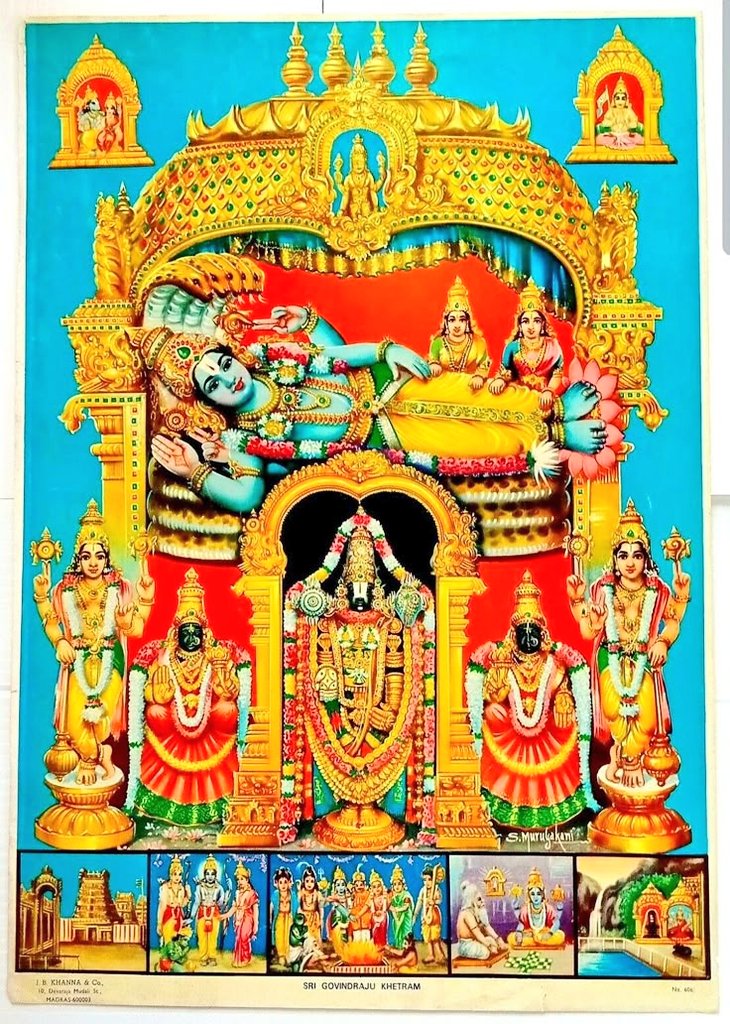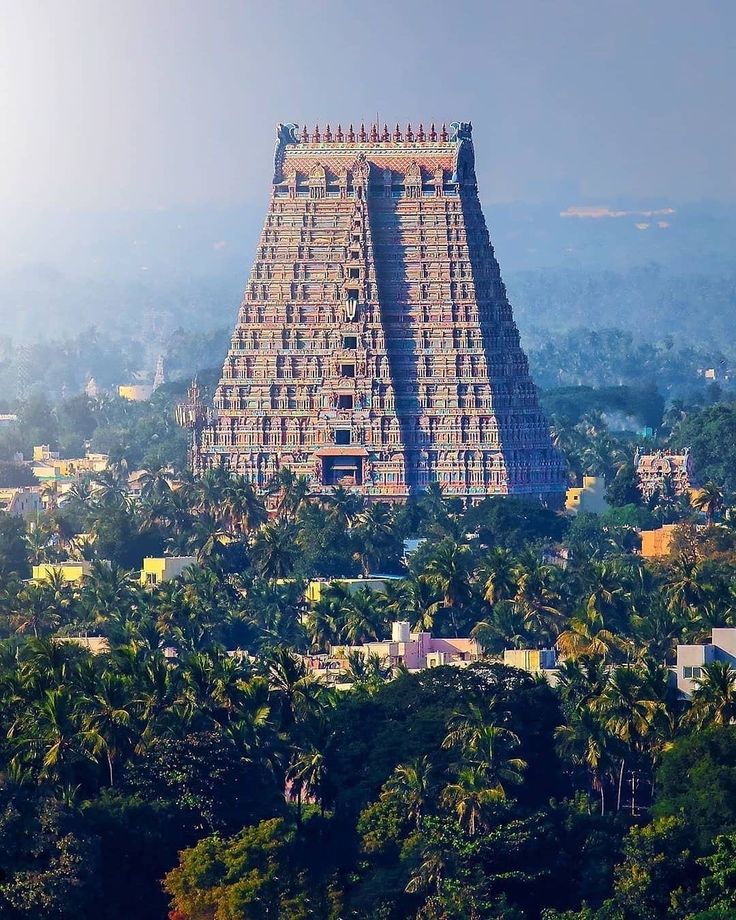#History of Mandore
In the 6th-century CE, Mandore was the principal seat of authority of Pratiharas of Mandavyapura. The princess of the Pratiharas dynasty married King Rao Chunda of Rathore dynasty, who received the Mandore’s Junagarh Fort as a dowry at the wedding.

In the 6th-century CE, Mandore was the principal seat of authority of Pratiharas of Mandavyapura. The princess of the Pratiharas dynasty married King Rao Chunda of Rathore dynasty, who received the Mandore’s Junagarh Fort as a dowry at the wedding.


In 1427,Mandore became the seat of the Rathore clan &Rao Rinmal Rathora became the ruler of Mandore.Besides this,Rinmal was also the administrator of the Kingdom of Mewar until 1438,when he was assassinated by the Mewar ruler,Rana Kumbha, who then took over the throne of Mandore. 

Rao Jodha, son of Rao Rinmal escaped assassination and tried recapturing Mandore for several years, but all attempts failed. But in 1453, Rao Jodha managed to get Mandore back.
Over the centuries, Mandore served as the capital of many Jodhpur kings, and even witnessed...
Over the centuries, Mandore served as the capital of many Jodhpur kings, and even witnessed...

..several invasions from different dynasties, including the Muslim rulers of Gujarat and Malwa. So, in order to protect Mandore further from invasions, the capital was shifted to the hilltop Mehrangarh Fort, as it offers better safety and protection to the royal kingdom. 



This ancient town was left in ruins following abandonment. All that’s left today is Mandore Gardens that have survived the wear&tear of time &reminds visitors of the town’s glorious past.Mandore Gardens houses ancient temples,memorials&high-rock terraces that r quite magnificent. 



One of the intriguing sights is the Cenotaphs or chattris of the many Maharajas of Jodhpur, which leave visitors in awe with their well-preserved state. The cenotaphs dates back to the 17th to 18th centuries, and are a group of red sandstone buildings with intricate carvings,... 

...pillars, tall spires, elaborate corridors and sculptural embellishments. The verdant lawns surrounding these buildings add to the charm. These cenotaphs remind of bygone eras and the architectural brilliance of craftsmanship of that time. 

There are sign boards everywhere in the garden, carrying the name of the Jodhpur rulers for whom these stunning structures were erected. 



• • •
Missing some Tweet in this thread? You can try to
force a refresh


